When Fresh Ginger Is MIA: 7 Clever Dried Ginger Substitution Hacks You Can’t Miss!
Table of Contents
- Introduction
- Dried Ginger vs. Fresh Ginger: What’s the Difference?
- How to Convert Dried Ginger to Fresh — The Golden Ratio
- 7 Genius Ways to Use Dried Ginger as a Substitute
- Pro Tips for Using Dried Ginger Like a Seasoned Pro
- Flavor Profile Breakdown: Taste Test Comparison
- Storage Secrets: Keep Your Dried Ginger Fresh and Flavorful
- Recipes That Work Perfectly with Dried Ginger
- Conclusion
Introduction: The Great Ginger Switcheroo
Let’s say you’re all set to whip up your grandma’s legendary ginger chicken stir-fry, but when you reach into the crisper drawer... nothing. Not a single root in sight. But wait! You spot that jar of ground ginger hiding behind the paprika like it’s plotting something spicy. Cue the lightbulb moment.
Welcome to the art (and science!) of substituting dried ginger for fresh. Whether you’re caught short in the kitchen or just want to experiment, we’ve got the lowdown on how to make this swap without sacrificing flavor. Grab your spice rack, sharpen those knives, and let’s dive in!
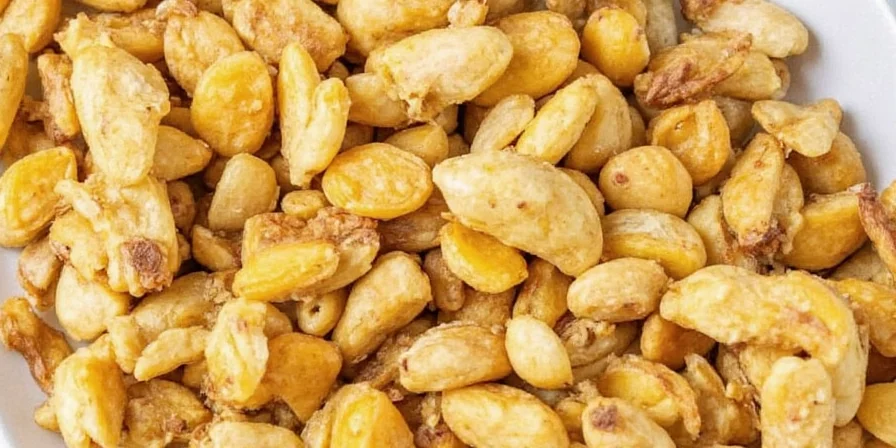
Dried Ginger vs. Fresh Ginger: What’s the Difference?
Before we talk substitution, let’s take a moment to appreciate the unique personalities of our two star players:
| Feature | Fresh Ginger | Dried Ginger (Ground) |
|---|---|---|
| Texture | Juicy, fibrous | Smooth, powdery |
| Flavor Intensity | Mild, zesty, bright | Stronger, earthy, concentrated |
| Shelf Life | 2–4 weeks refrigerated | Up to 3 years sealed |
| Best For | Sautéing, grating, raw use | Baking, stews, spice blends |
As you can see, while both are cut from the same rhizome cloth, they play different roles in the flavor orchestra. Think of fresh ginger as the lead violinist—bright, expressive—and dried ginger more like the cello—deep, resonant, and grounding.
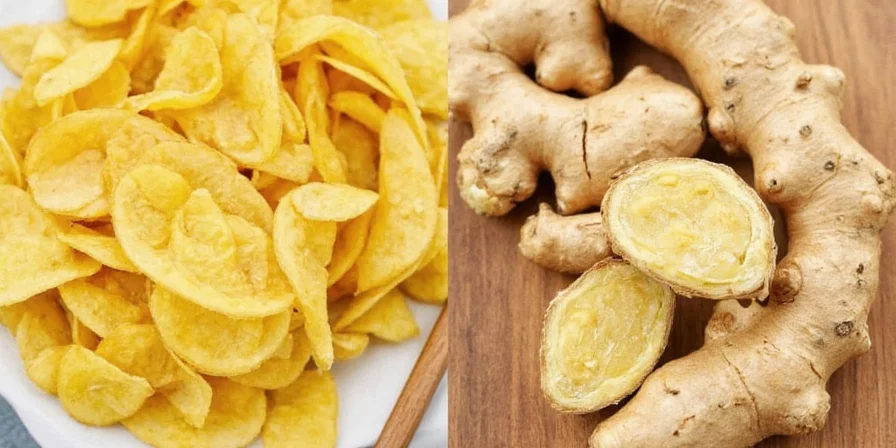
How to Convert Dried Ginger to Fresh — The Golden Ratio
The key to a successful switch is knowing the conversion ratio. Because dried ginger is more concentrated in flavor than fresh, you’ll need less of it. Here’s the general rule of thumb:
- 1 tablespoon grated fresh ginger ≈ ¼ teaspoon ground dried ginger
This might seem surprisingly small, but trust us—it packs a punch. If you’re swapping in the other direction (fresh for dried), you’ll want to go the opposite way:
- 1 teaspoon ground dried ginger ≈ 1 tablespoon grated fresh ginger
However, don't forget context matters. In soups and braises where flavor needs time to build, dried ginger shines. In dishes like marinades or raw dressings, fresh brings brightness that dried can’t match.
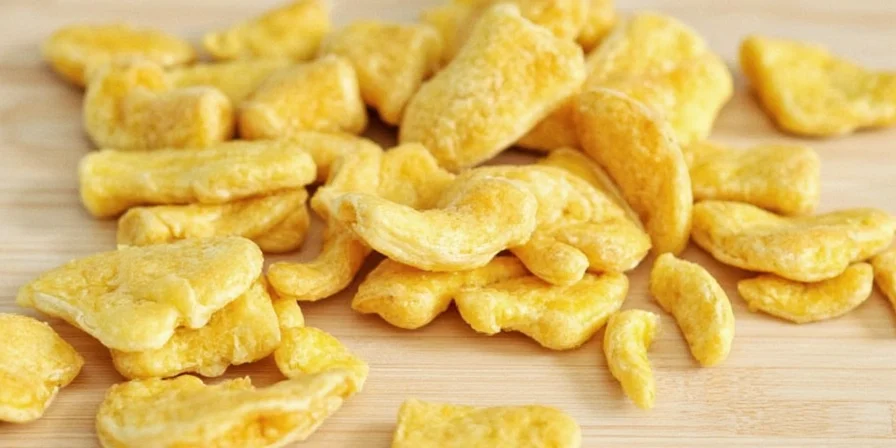
7 Genius Ways to Use Dried Ginger as a Substitute
If you're ready to rock your recipe with dried ginger, here are seven clever hacks to maximize flavor and minimize disappointment:
- Rehydrate It: Mix a bit of dried ginger with water or broth before adding to recipes to mimic fresh texture and distribute flavor more evenly.
- Add Early: Ground ginger benefits from longer cooking times—add early in the process so it has time to bloom and develop depth.
- Pair With Citrus: Brighten up the earthiness of dried ginger with a squeeze of lemon or lime at the end of cooking.
- Toast First: Lightly toast the ground ginger in oil before adding other ingredients for a nuttier, richer base note.
- Blend With Garlic: Combining dried ginger with fresh garlic adds complexity and mimics the fresh ginger experience.
- Use in Dry Rubs: Dried ginger works beautifully in spice rubs for meats, tofu, or roasted veggies.
- Mix Into Batters: Baked goods like gingerbread, cookies, and cakes actually benefit more from dried ginger than fresh.
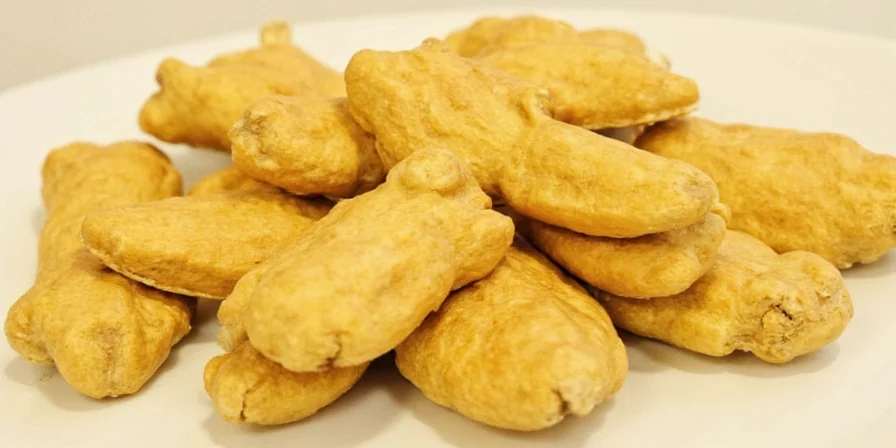
Pro Tips for Using Dried Ginger Like a Seasoned Pro
Want to level up your dried ginger game? These pro tips will help you get the most out of every pinch:
- Store Smart: Keep dried ginger in an airtight container away from heat and light. Glass jars are best!
- Don’t Overdo It: Start with half the recommended amount, then taste and adjust. You can always add more!
- Combine With Cinnamon: For desserts, pairing dried ginger with cinnamon enhances warmth and complexity.
- Avoid Acids Too Soon: Acidic ingredients like vinegar or citrus juice can mute ginger’s flavor if added too early.
- Use Whole Spices When Possible: If your recipe calls for ginger in chunks (like in tea), consider using whole dried ginger slices or even crystallized ginger pieces.
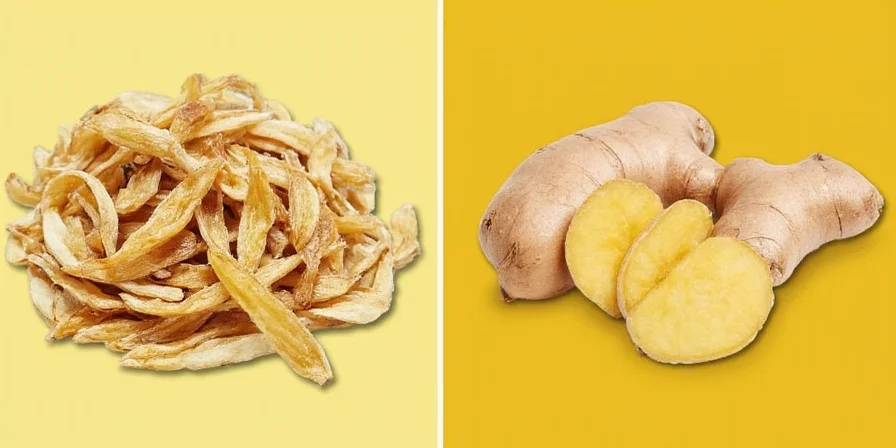
Flavor Profile Breakdown: Taste Test Comparison
To better understand the difference between fresh and dried ginger, let’s break down their flavor profiles:
| Characteristic | Fresh Ginger | Dried Ginger |
|---|---|---|
| Spice Level | Mild to medium | Medium to strong |
| Sweetness | Slightly sweet | Earthy, not sweet |
| Aftertaste | Clean, refreshing | Long-lasting warmth |
| Complexity | High (especially raw) | Mellow, deep, rounded |
In a side-by-side taste test, fresh ginger tends to “pop” more in dishes like salads, salsas, and quick sautés, while dried ginger settles in like a cozy blanket in stews, curries, and baked treats.
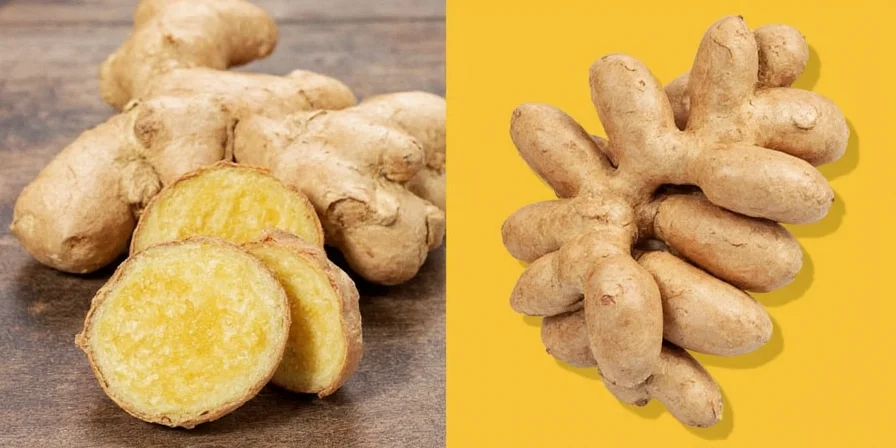
Storage Secrets: Keep Your Dried Ginger Fresh and Flavorful
Storing dried ginger properly is crucial to maintaining its potency and flavor. Here’s how to keep it at peak performance:
- Seal It Tight: Oxygen is the enemy of spices. Store in tightly sealed glass containers to lock in freshness.
- Keep It Cool & Dark: Heat and light degrade flavor quickly. A cool, dark cabinet is ideal.
- Avoid Moisture: Humidity leads to clumping and loss of potency. Consider silica gel packets in spice drawers.
- Label and Date: Spice bottles don’t age well. Label the purchase date so you know when to replace them (about every 2–3 years).
- Buy Small Quantities: Unless you bake gingerbread daily, opt for smaller containers to avoid waste.
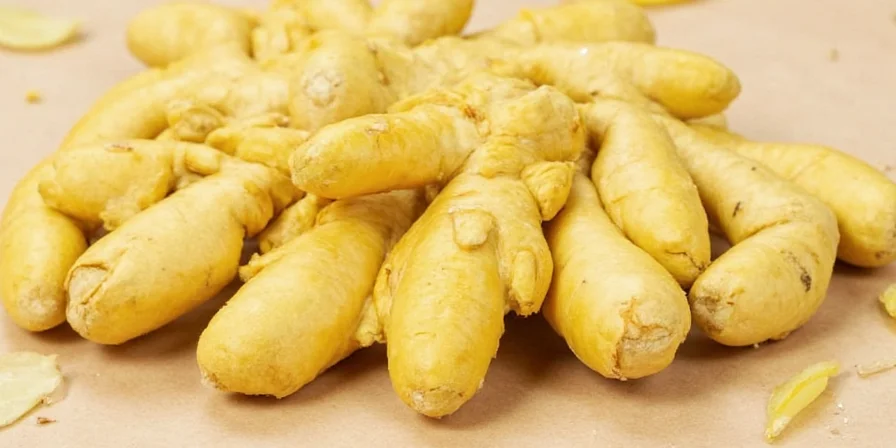
Recipes That Work Perfectly with Dried Ginger
You may be wondering, “What should I make with this stuff?” Good question! Here are some recipes that are tailor-made for dried ginger:
- Gingerbread Cookies: Classic holiday treat where dried ginger is the MVP.
- Molasses-Ginger Cake: Rich, spiced, and perfect with a cup of tea.
- Indian Butter Chicken: Adds warmth and depth to the masala base.
- Spiced Lentil Soup: Ground ginger enhances the earthy flavors of lentils and root vegetables.
- Thai-Style Stir Fry Sauce: Add a pinch to sauces for a warm undertone that balances chili heat.
Tip: Try combining dried ginger with garam masala, smoked paprika, or five-spice powder for complex layers of flavor.
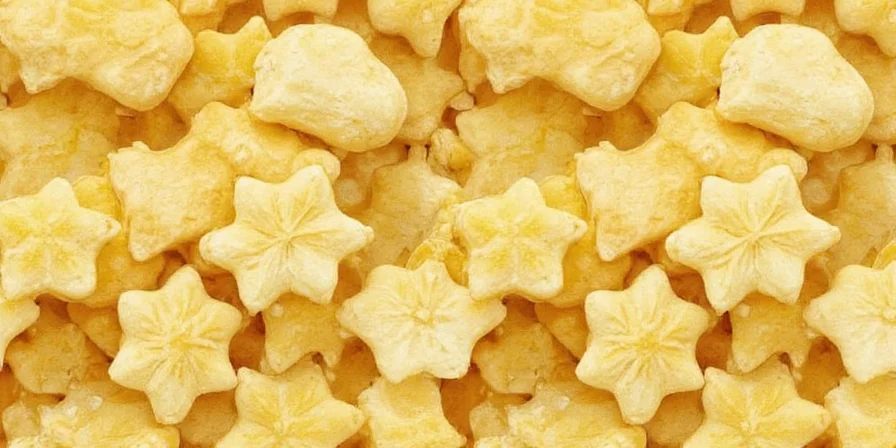
Conclusion: Master the Art of Ginger Swapping
Swapping dried ginger for fresh doesn’t have to be a last-minute panic move—it can be a flavorful opportunity to explore new culinary territories. Whether you’re stuck without fresh ginger or just curious about expanding your spice game, now you’ve got the tools to do it right.
Remember, substitution isn’t about perfection—it’s about adaptation. With the right techniques, ratios, and a sprinkle of creativity, you can turn your humble spice rack into a powerhouse of flavor.
So next time you find yourself staring at that dusty jar of dried ginger, don’t sigh. Smile. Then reach for the pan, start sautéing, and let that ginger sing.
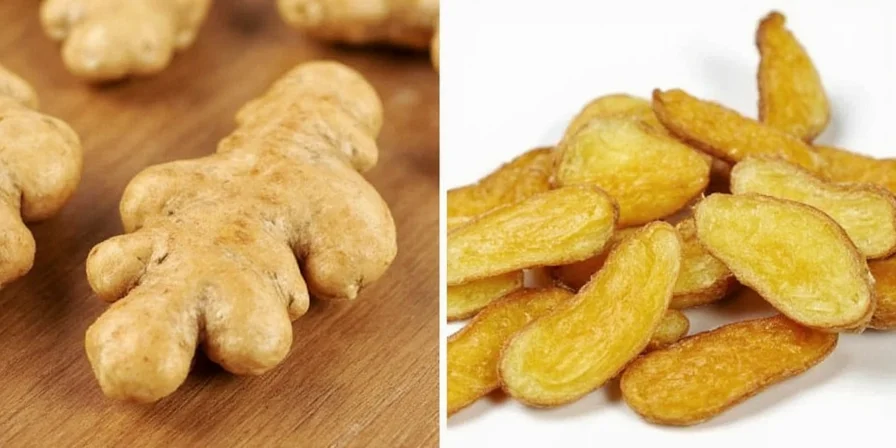

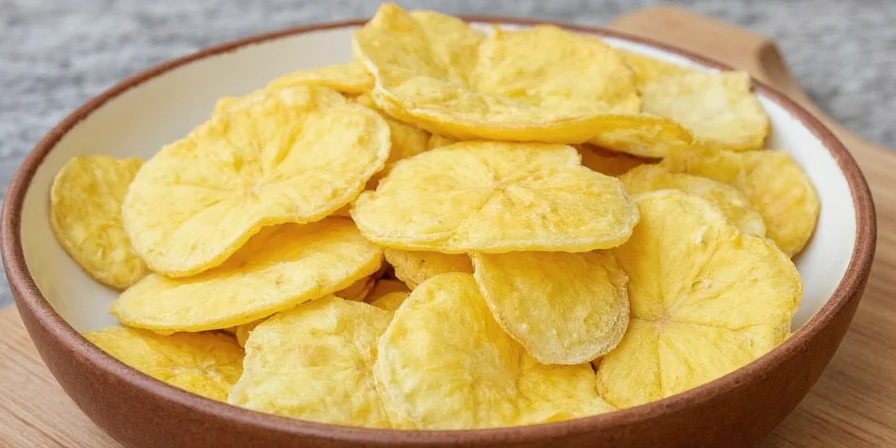









 浙公网安备
33010002000092号
浙公网安备
33010002000092号 浙B2-20120091-4
浙B2-20120091-4